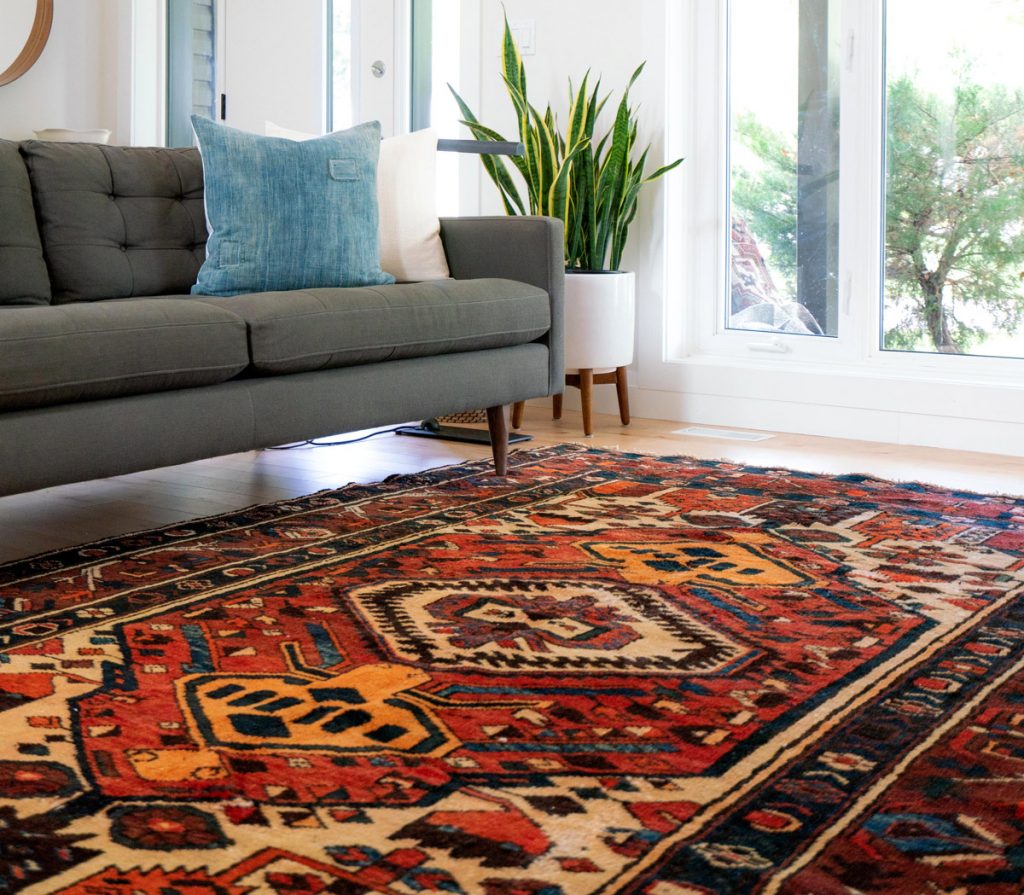One of the most influential people to Perserteppich Modern and rugs is William Morris. He considered carpet an art form rather than just a floor covering. His advocation of the total work of art renewed interest in traditional craftsmanship. This Arts and Crafts movement became known throughout Europe, and became influential in every country.
The Art Nouveau movement was characterize by highly-stylized, flowing, curvilinear designs, often incorporated floral and other plant-inspired motifs. It went through several changes and became the foundation of the Modernists movement.
Paris became the center of Avante Garde, Fauvism and Cubism, which broke with the traditional Art Deco that was purely decorative. At that time, the Art Deco style was see as elegant, functional, and ultra modern.
Fauvism, was characterize by the imaginative use of deep color’s and simplify lines. Gustave Moreau was the movement’s inspirational teacher and Henri Matisse was consider one of his top students. In Cubism, artwork objects are broken up, analyze, and re-assemble in an abstract form. The invention of Cubism was a joint effort between Picasso and Braque. Some believe that the roots of Cubism are to found in the two distinct tendencies of Paul Cezanne’s later work.
Functional textile Design began in Germany at the Bauhaus, the first school of industrial design. This school maintained close ties with a lot of contemporary artists such as Paul Klee and Vasily Kandinsky. This school was head up by Gunta Stolzl who arranged designs with broken areas of vertical and horizontal lines.
After the First World War and the mechanization of labor, the French in particular invested in luxurious custom made rugs. Art Deco rugs became the focal point of a room, with at first densely floral patterns, then intricate geometric patterns. In Britain the Arts and Crafts movement continued to dominate into the 1920’s, then abate to succeeded by Modernism.

